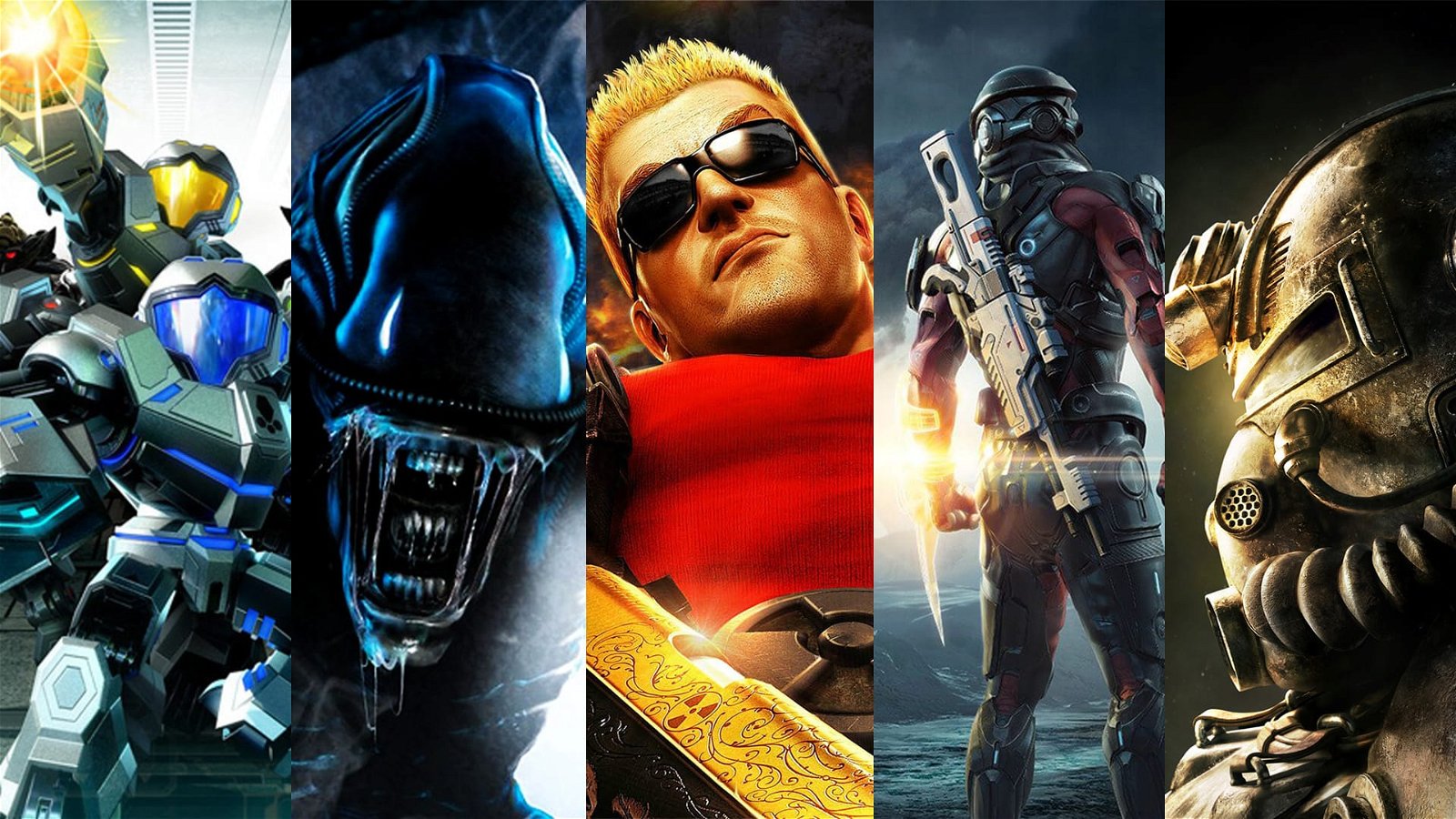The past ten years opened an opportunity for game developers to bring themselves closer with their communities.
Many past installments took advantage of online connections, bridging a gap between single-player narratives and seamless multiplayer experiences. Creating new releases for some of the most popular franchises weren’t easy, as studios looked to set new standards and keep up with next-generation systems. Wide expectations, long development times and even copying trends were some of the challenges studios faced in the past decade. These factors also changed the way players looked at their favourite brands; some of which were subjected through heavy experimentation.
We (painfully) revisited a game from each year between 2010-2019, highlighting releases that surprised players – for all the wrong reasons.
2010: Final Fantasy XIV Online (Version 1.0)

Frame drops, layers of menus and numerous server bugs kept Square Enix’s ambitious MMORPG from taking off the first time.
Codenamed Rapture in 2005, the project hoped to throw players into a new realm of Eorzea and focused on progression that grew from XIV’s numerous quests.
It was also the successor to the stable Final Fantasy XI, which set a foundation for enhanced graphics and open-range environments filled with online adventure.
But the game’s greatest enemy was a complicated interface players had to rely on for navigation, trading and customization. These relatively simple actions were short on tutorials and turned into a frustrating scavenger-hunt activity.
More importantly, the game left too much to the player’s imagination – including some tutorials which would have helped alleviate inventory confusion.
In Gamespot’s original review, the quests themselves were also fillers that did little to give players a high-stakes journey they were promised. Fetch quests for plants and filling a hunting quota for creatures were just some of the ways you could farm underwhelming amounts of XP.
The unbalanced risk/reward system also added another nail to XIV 1.0’s coffin, to the point where Square Enix issued an apology to players and closed the servers just two years after launch.
However, the game made a comeback with Final Fantasy XIV: A Realm Reborn in 2013 and re imagined the MMORPG’s original concepts from the ground-up. The game’s overhaul and three expansion packs across the decade also helped keep 16 million players going today.
In a YouTube video comparison by Cussan, you can check out the overhaul of XIV and see how it moved past its growing pains over the years.
2011: Duke Nukem Forever
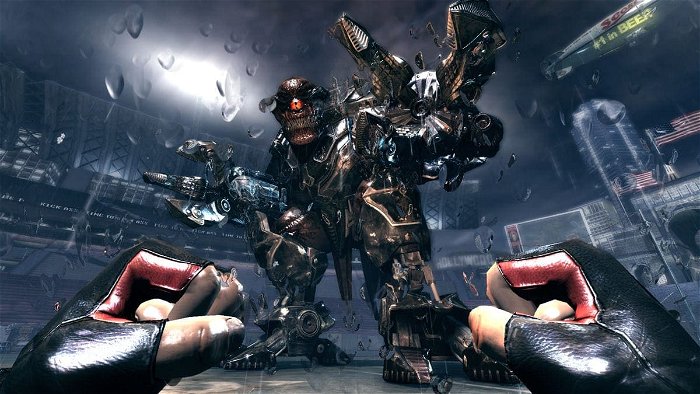
Following the success of Duke Nukem 3D in 1996, the next installment of the series looked to take the first-person format into a next-generation setting 15 years later.
But its development took a hard turn after studio 3D Realms faced layoffs and missed deadlines. Eventually, the sequel to a renowned first-person shooter was born after the project was finished by other teams from Gearbox Software and 2K Games.
It didn’t help sell the game, which was widely known for its laughable platforming mechanics and outdated sense of humour. The barebones gunplay was clunky next to other same-year releases such as Call of Duty: Modern Warfare 3 and Crysis 2, both of which had delivered refined mechanics we still see today.
As Chris Kohler wrote in the WIRED review, the simple look-and-shoot experience that carries Duke Nukem Forever is frustratingly basic and “feels like a generic shooter; strip away the ridiculous sex-and-poop jokes and you’re left with a lot of bland, action-game cliches.”
Duke’s bursts of crude insults and reliance on Ego (yes, an actual mechanic) overpowered the game’s purpose to be a fun shooter first. When these moments were combined with unnecessary puzzles and messy multiplayer mode, Duke Nukem Forever became a game that crashed hard on arrival.
2012: Resident Evil: Operation Raccoon City
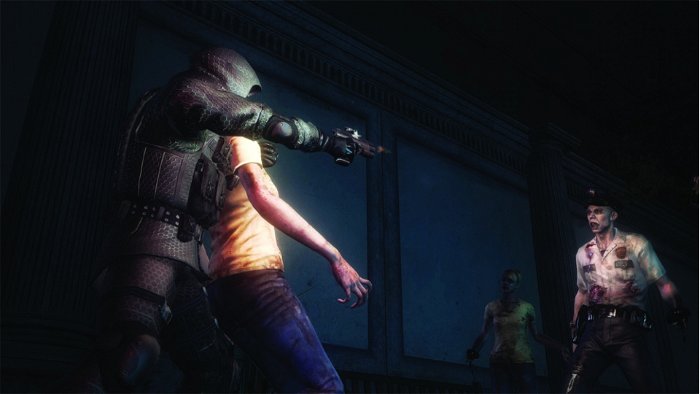
Fans were excited at another chance to revisit Raccoon City again. For Capcom, it was a bold move that looked to celebrate one of Resident Evil’s most beloved stories from another perspective.
The announcement at E3 2011 came as an unexpected surprise just ahead of Resident Evil 6. Players take on the role of Umbrella Special Forces soldiers as they’re put on a mission to recollect the G-virus and eliminate any survivors who might expose the corporation.
Sounds promising, right?
What became more surprising was how Operation Raccoon City aimed for a survival horror experience. Instead, the game took on a multiplayer squad-based format with unimpressive third-person bullet spraying action.
Calling this a survival horror game would be as ridiculous as calling Star Fox: Adventures a defining title for its series.
Operation Raccoon City also introduced human-based enemies into the mix as U.S. Special Ops Soldiers jumped straight out of your annual Call of Duty game to shoot some zombies.
It’s also a part of how the game tried to modernize itself through a hybrid of SOCOM, Left 4 Dead and Resident Evil 5. This took away from the franchise’s unique spirit of being in a zombie-infested nightmare. The undead are still the main enemies, but went from feeling like individual threats to glorified bullet sponges.
Its story also goes off-the-rails (particularly in the second act) and doesn’t add anything new to the Raccoon City narrative in the original sequels. This also ends in an absurd arena-type heroes vs. villains ensemble that isn’t canon (and shouldn’t be).
In what should’ve been Capcom’s year, the Resident Evil franchise abandoned horror with Operation Raccoon City and fell into an action-based movie trap that briefly divided fans.
2013: Aliens: Colonial Marines
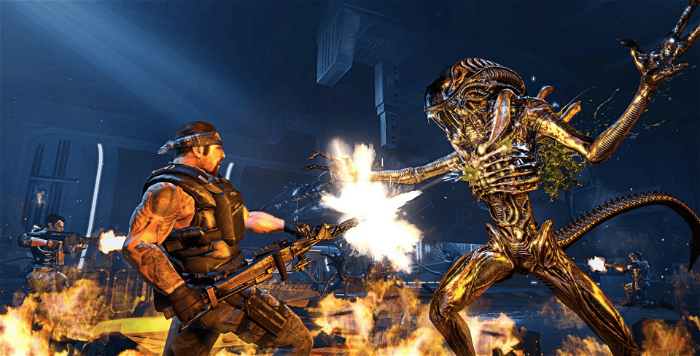
The demo was everything this first-person shooter should have been during its announcement in 2011.
Aliens: Colonial Marines was supposed to be a tense follow-up to James Cameron’s 1986 classic Aliens. Players were thrown into the derelict atmospheres of LV-426, where “sophisticated AI” xenomorphs were lurking in the darkest corners of a motion tracker.
The original game was also set in hollowed environments, which made players feel trapped and uneasy when they explored Hadley’s Hope. Combined with the snappy banter from fellow marines, it hit all the notes for an atmospheric next-generation Aliens shooter.
But on release, the game literally lost its colour as players became underwhelmed. Unlike the demo, Colonial Marines took away its high-quality effects and added a generic hud which took away the immersion.
The atmosphere of Aliens fell short of a faithful adaptation while throwing its seamless cinematic moments out the airlock. A lacklustre story also didn’t do the movies justice (even with the appearances of Michael Biehn and Lance Henricksen reprising their roles).
The Xenomorphs were not the main enemy of the game. Instead, you were interrupted with an equal amount of generic soldiers who were much trickier to kill than the game’s star enemies. This is where the feeling of holding a pulse rifle feels less authentic under a choppy Call of Duty experience in space.
Ultimately, the game soured Sega and Gearbox’s reputation for demo-to-retail presentations over the 2010s (with the exception of Borderlands, which remained consistent in its series).
The company even received a class-action lawsuit from frustrated gamers but was later dropped in 2015.
2014: Watch Dogs
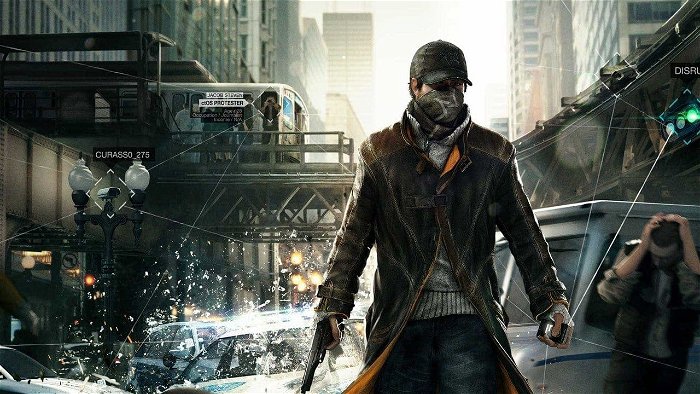
Ubisoft’s modern take on a third-person open-world sandbox was a creative one for fans. Its use of technology granted players hacking abilities that added a twist to a saturated Grand Theft Auto format.
Its 2012 demo showed off a next-generation world that fit best with the up-and-coming PS4 and Xbox One. High-fidelity lighting, fog and wind effects made Ubisoft’s version of Chicago filled with depth.
This was also combined with an ability to be able to hack almost anything; something Watch Dogs managed with shooting, driving and stealth.
Most of the gameplay was there at the final release, but many players and critics felt lots were still missing.
The game let go of its fluid, scripted moments with bystanders and drew some cinematic flair away. The visual effects fell flat on the city, making the environment feel less lively than it did from the crowd-pleasing reveal. Driving was also “buttery” at times, with cars reacting slowly to sharp turns and occasionally being stuck between barriers.
But Watch Dogs continued to keep its tight gameplay mechanics together as a solid open-world action-adventure game which improved as the series continued.
As one of the year’s most talked-about games up to release, Watch Dogs divided players over early expectations and what could have been a bar-setter for open-world games.
2015: The Order: 1886
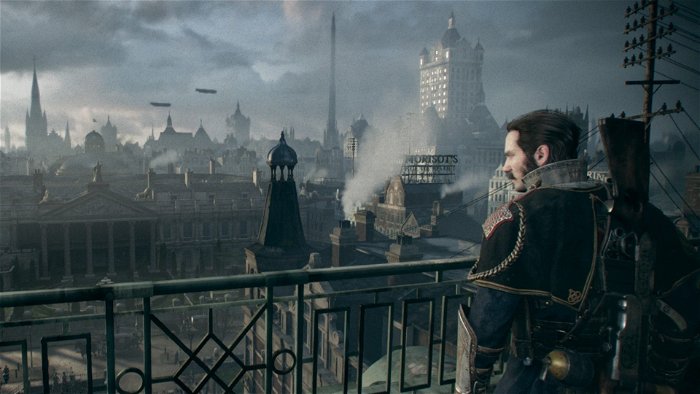
PlayStation bet its production with Ready at Dawn on another exclusive filled with mystery and bar-setting visuals for the PS4.
The steampunk setting for The Order: 1886’s vibrant world was also made more compelling with phobia-triggering werewolves.
Its heavy showcase of gameplay and exploration were promising for a big-budget production. But what was shown was mostly what players got, with only a few other set pieces that made the game look bigger than it seemed.
However, its potential as a highly cinematic AAA title was also a problem; it was too focused on presentation instead of delivering engaging gameplay.
But when The Order: 1886 gave the controls over to players, it fell into the cycles of basic third-person cover shooting plagued with repetitive action and quick-time events.
Shockingly, these moments were also given in short bursts and high-quality cinematics took up most of the game’s arguably five-and-a-half-hour length. The game’s incredibly linear approach also constricted players in what felt like an on-rails tech demo.
Hilariously, the story also set itself up for a sequel that never happened. Developers at Ready at Dawn added more supernatural elements, which took away from the game’s grounded approach.
Despite the amount of promise The Order: 1886 showed for the industry, it ultimately became bogged-down in putting visual splendour over fun.
2016: Metroid Prime: Federation Force

It’s been more than 12 years since Metroid Prime 3: Corruption graced the Nintendo Wii as a core installment of the Metroid series.
Many eyes were peeled towards the Nintendo 3DS as a new place for Samus Aran’s next adventure.
Its on-the-go graphical capabilities were also an opportunity for Nintendo to bring another shooter for long-time fans following Hunters on the DS in 2006.
Sadly, Federation Force was announced to a large backlash from audiences when its trailer was dropped (garnering nine times the amount of dislikes than likes).
Nintendo then responded to the disappointment of fans, explaining they wanted to take the Prime franchise to a new direction.
The result was an arena-style shooter, which put Samus in a minor cameo role.
Federation Force still kept a first-person view in a handheld screen, but became hampered by overpowered enemies and console-smashing frustration thanks to a lack of checkpoints. The distance from Metroid‘s traditional games can also be seen in its Blast Ball mode, which involves shooting a giant soccer ball through a net.
Difficulties also varied, as the game was built with multiplayer in mind. A lack of balancing also meant single players were facing more enemies than they can handle, encouraging them to find extra friends in finishing the campaign.
The latest Prime installment feels more like an underdeveloped spin-off designed as a soft gateway into the sci-fi series. It also makes the disappointment list in an incredibly failed opportunity to push the series forward.
2017: Mass Effect: Andromeda
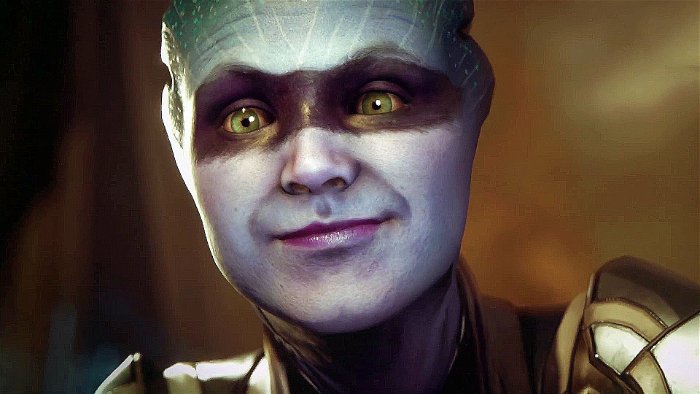
Some players of this Mass Effect installment are still bearing witness to Andromeda‘s jittery model animations and game-resetting glitches.
Originally announced at E3 in 2015, the ambitious project by Bioware and EA looked for a fresh start after Mass Effect 3 ended its Reapers story line.
Expectations were high for Andromeda’s focus of large-scale exploration while keeping all of the series’ combat, squad mate progression and narrative choice features intact.
Pressure also mounted from completing the game on-time as developers struggled to put the Frostbite engine into their universe (leading to some very unstable performance issues in the final game). The team was also understaffed, causing delays as Bioware looked for ways to continue the project.
Phasing through walls, becoming stuck in a circle of NPCs and even walking in thin air were just a few glitches that made the fourth Mass Effect title much different than the previous trilogy (and not in a good way).
Andromeda‘s lighter tone had problems translating into the game’s serious characters, causing the atmosphere of the game to shift confusingly for players across the lengthy campaign.
Ultimately, the dream of a fully-realized open world Mass Effect game happened – just not in a way both the developers and players wanted from the beloved series.
2018: Fallout: 76
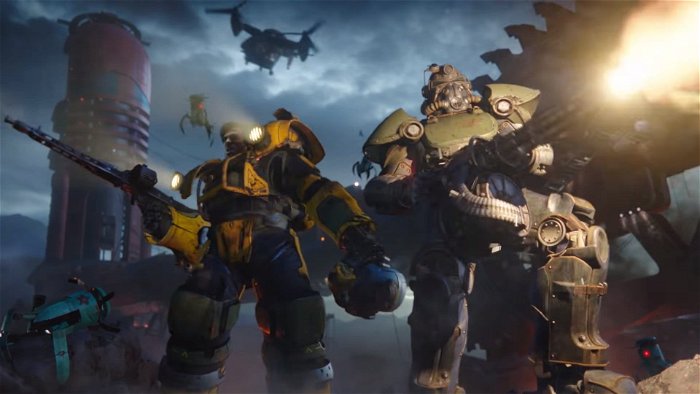
Like the first release of Final Fantasy XIV: Online, this prequel to Bethesda’s post-apocalyptic shooter was a shocking misfire.
Fallout 76 was engineered to be an online RPG which came off the success of the wildly anticipated Fallout 4 in 2015.
Three years later, the studio decided to gear the fun of its predecessor towards a multiplayer environment; something that became a trend as online-only games from Fortnite to Monster Hunter: World were growing with players.
76 tried, but failed to cater to players in a heartbreaking product filled with bugs and server crashes. At times, this made it unplayable for even the most die-hard vault dwellers.
The game was the subject of scathing reviews on Metacritic, including an outright lack of interest from publications like Giant Bomb (whose entire staff refused to grade it).
At launch, Fallout 76 was also devoid of any human NPCs to keep players interested in its storyline.
Its excuse? Most of the survivors from the fabled nuclear war died off by the time the main character starts roaming the wasteland. Without other players, it’s a lonelier world reserved for the game’s variety of robots, creatures and mutants who don’t want to be friends.
No characters also meant no important quests (which had no consequences). This also resulted in Fallout 76 feeling like an empty multiplayer lobby, designed for a massive community which didn’t materialize as Bethesda hoped it would.
2019: Anthem

The latest online multiplayer RPG from Bioware and EA puts players inside an exosuit, letting them explore a world held back by disconnecting servers and repetitive missions.
Anthem‘s large world was shown with a populated NPC city brought to life through excellent lighting and a wide draw distance. The 2017 reveal demo also showed a seamless transition between entering Javelin suits and skydiving into jungles below.
A tech analysis by Youtuber Nick930 revealed the final map was scaled back while much of the environment’s effects were removed. A variety of menus and HUDs also cut into Anthem‘s gameplay and can even trigger long loading screens.
The game’s graphics engine still looks sharp and ahead of it time, at the cost of removing lush greenery and wildlife for performance.
Fluid ground-to-air combat is unbalanced by quests that rely on fetching exotic resources. When Anthem decides to change this up, it subjects players to another defend-the-spot activity before they fly away and repeat.
It also doesn’t help with a flat storyline that does little to initiate players, with unexplained terms randomly spoken out for world-building. Disappointingly, the story focuses too much on the next mission instead of putting development in its motion-captured characters.
Flying becomes an integral and unique part of what makes the game fun. According to Gamespot reviewer Kallie Plagge, a large catch makes the Javelin suit overheat and forces players to literally stop and wait a few seconds before taking off again.
Many critics also commented about the number of unresolved bugs that still haunts Anthem, as it’s still being patched towards 2020. The game’s constant interruptions and inconsistent storytelling affect pacing; so much that Freelancers aren’t fully experiencing the game as it should have been.
